
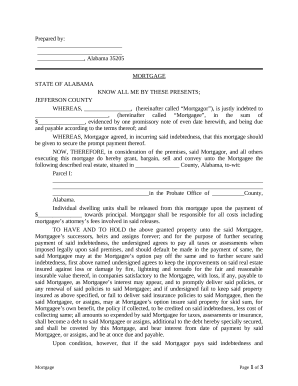
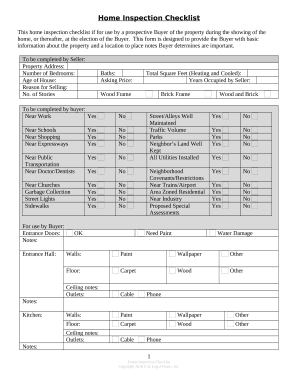



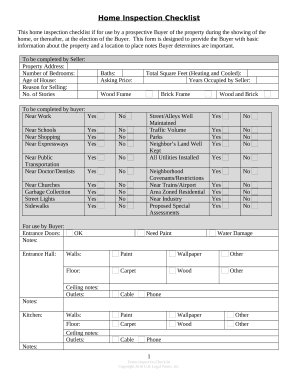
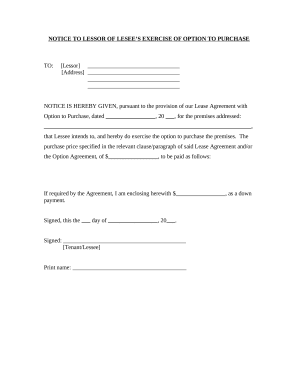
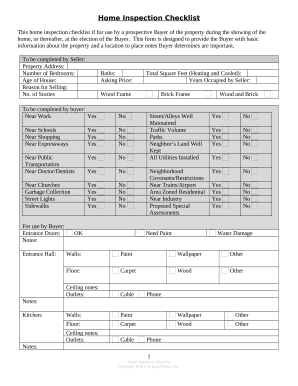
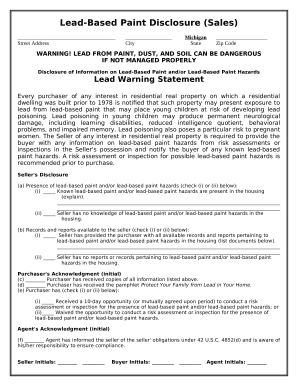
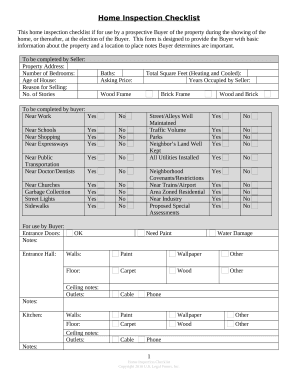

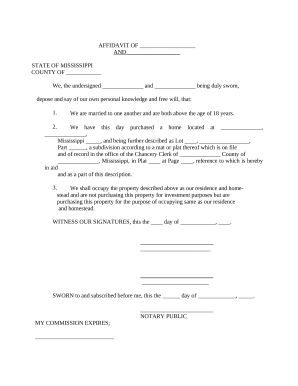
Your workflows always benefit when you can easily locate all the forms and documents you will need at your fingertips. DocHub delivers a a huge library of document templates to relieve your everyday pains. Get hold of Home Purchase Forms category and quickly browse for your document.
Start working with Home Purchase Forms in a few clicks:
Enjoy smooth document administration with DocHub. Explore our Home Purchase Forms online library and locate your form right now!